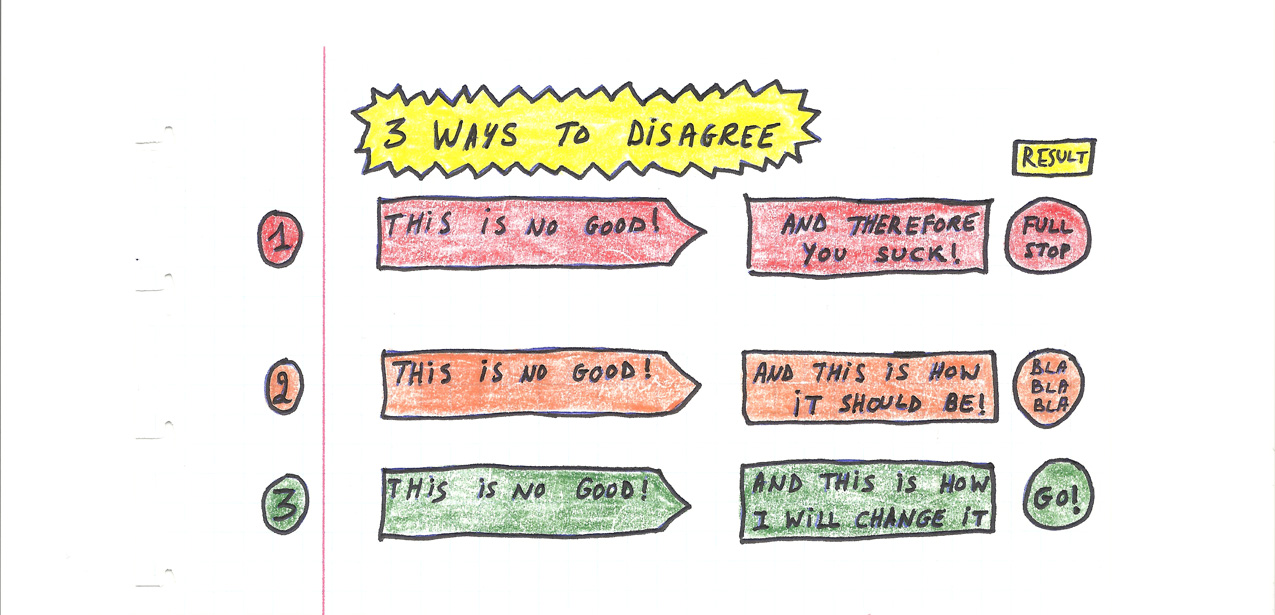Let there be no doubt about it: 3 is the magic number for organizational change practitioners. As I stated a few weeks ago, it is the cornerstone of our basic insights; the anchor that keeps our paradigma from sinking by the slightest breeze. And now there is more evidence, as I am currently reading and thoroughly enjoying Tribes by Seth Godin.
Godin makes a clear distinction between three behaviors and ranks them according the degree of difficulty from easy to truly difficult. the following is directly quoted from his book:
“The easiest thing is to react.
The second easiest thing is to respond.
But the hardest thing is to initiate.
Reacting, as Zig Ziglar has said, is what your body does when you take the wrong kind of medicine. Reacting is what politicians do all the time. Reacting is intuitive and instinctive and usually dangerous. Managers react.
Responding is a much better alternative. You respond to external stimuli with thoughtful action. Organizations respond to competitive threats. Individuals respond to colleagues or to opportunities. Response is always better than reaction. But both pale in comparison to initiative.
Initiating is really and truly difficult, and that’s what leaders do. They see something others are ignoring and they jump on it. They cause the events that others have to react to. They make change.”
It reminded me of the three ways to disagree, a blog article I posted in August 2007. It included the below drawing which – in retrospect – confirms Godin’s statement.

Back then, I noticed that behavior 1 and 3 produce good meeting results because they are straightforward and direct. Conversely, the second way to disagree is what Godin refers to as ‘sheepwalking’ in the same book.
In conclusion: understanding organizational change management doesn’t take master minds or rocket science: if you can count to three, you’re in! But it takes guts: our domain benefits from simple people with drive and common sense.


